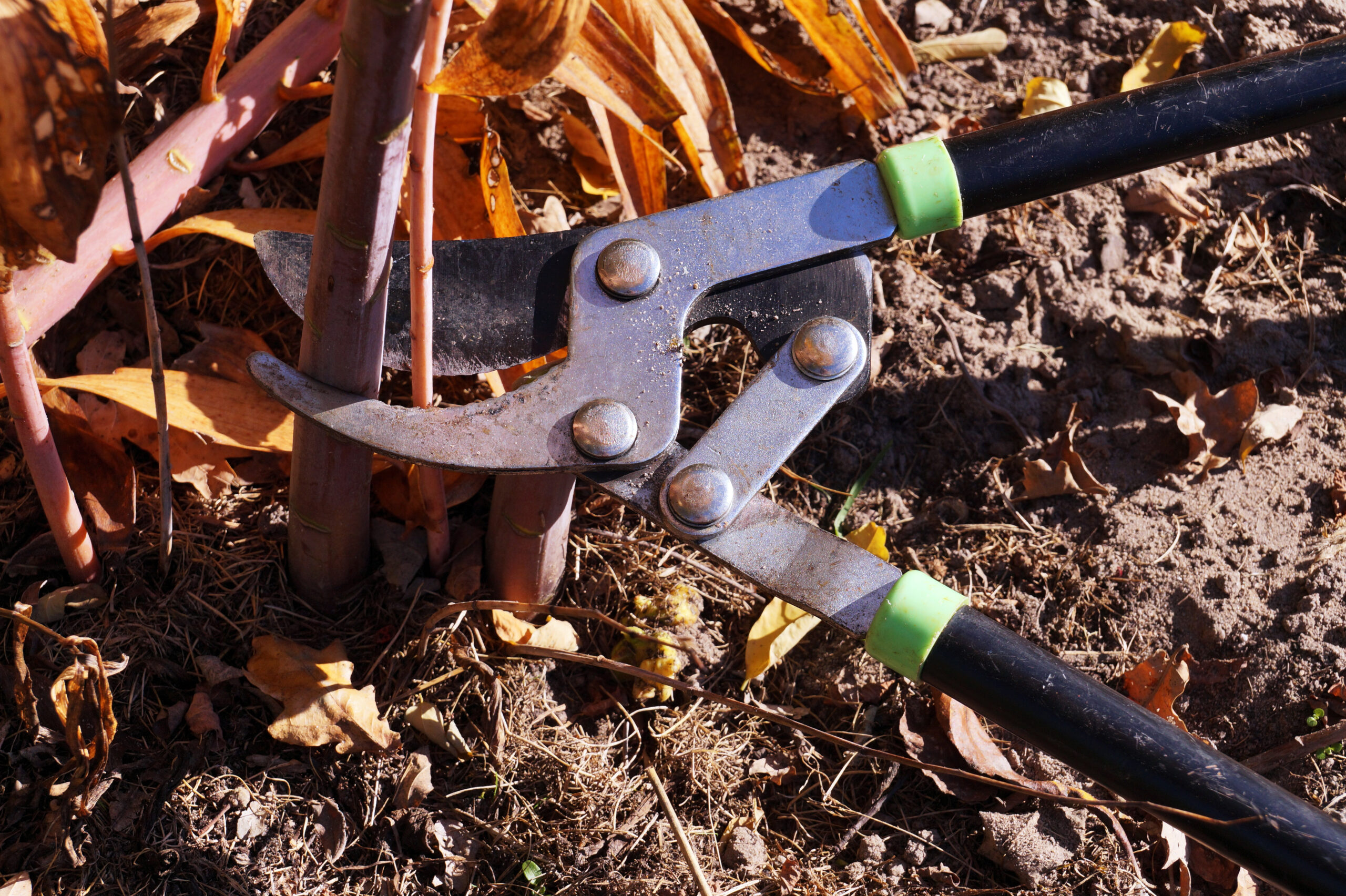

It’s time to think about preparing your garden for the colder months and fall is an ideal time to cut back certain perennials, which not only helps maintain a tidy appearance but also promotes healthier growth by minimizing diseases and pests. However, it’s essential to identify which perennials to prune in the fall, as not all plants benefit from this practice. In this guide, we’ll explore the top ten perennials that thrive with a late-season trim, providing you with insights on when and how to prune them effectively.
Bee Balm: With its vibrant blooms and attraction to wildlife, Bee Balm often remains unpruned in gardens. However, if powdery mildew has been a persistent issue during the growing season, cutting back Bee Balm in the fall can prevent the spread of this plant disease. While pruning is one solution, maintaining proper soil moisture and spacing are equally important measures to reduce mildew problems.
Blazing Star: The long and unruly leaves of Blazing Star can make your garden look untidy. To maintain a neat appearance without compromising next year’s blooming, consider pruning these perennials after they naturally die back in the fall. This approach allows your plants to grow and store the energy necessary for surviving the winter.
Catmint: Its long stems may droop towards the end of the growing season, detracting from your garden’s overall appearance. Pruning catmint in the fall, about 4 to 6 inches above the soil line, will keep your flower beds looking tidy. However, avoid cutting it too close to the ground to protect the plant’s roots from winter damage.
Daylilies: While some gardeners prune Daylilies earlier in the season, it’s better to wait until the first fall frost to cut back the dead foliage. This ensures the plants can photosynthesize effectively and remain healthier throughout the winter.
Garden Phlox: Powdery mildew often plagues Garden Phlox. To prevent the spread of this disease, cut back your Phlox plants in the fall and properly dispose of any diseased foliage. You can burn the affected parts or put them in a sealed bag for disposal, but make sure to confirm the regulations with your local authorities before starting any burning.
Hostas: Our shade lovers are susceptible to slugs and snails during the growing season. These pests lay their eggs in hosta foliage during the autumn. Trimming away hosta leaves after they die back in the fall improves the plant’s appearance and prevents slug eggs from overwintering.
Irises: Like Blazing Star and Daylilies, Irises can appear bedraggled by season’s end. After the first fall frost, prune your Irises, allowing them extra time to photosynthesize and store energy for the winter. Trim the leaves in a fan-like shape for a more organic look.
Lilies: True lilies benefit from a fall trim. Cutting them back too early in the season can inhibit flowering the following year, as these bulbs store nutrients during the winter. Instead, wait until the arrival of frost prompts the lilies to naturally die back before you reach for your pruning shears.
Peonies: Prized for their large and fragrant blooms. Peonies are susceptible to powdery mildew. To prevent this disease from taking hold, cut back your Peonies in the fall. This removes the opportunity for powdery mildew spores to overwinter and return in the spring.
Coreopsis: Fall pruning of Coreopsis, or Tickseed, involves cutting back spent blooms to maintain a tidy appearance. A light trim is recommended to preserve the plant’s winter hardiness while ensuring it blooms beautifully in the following season.
Knowing which perennials to cut back in the fall is key to maintaining a tidy and healthy garden. These ten perennials benefit from a late-season trim, providing you with beautiful, disease-free blooms in the following year. As the fall season settles in, remember to apply these pruning techniques to create a garden that not only looks neat but thrives year after year. For more on pruning visit our pruning guide [here].
Connect with Us!
630-323-1411
7200 S. Madison St.
Willowbrook, IL
Blog: https://hinsdalenurseries.com/blog
Facebook: https://www.facebook.com/HinsdaleNursery
Pinterest: https://www.pinterest.com/hinsdalenursery/
Twitter: www.twitter.com/HinsdaleNursery
Instagram: www.instagram.com/Hinsdale_Nurseries/
YouTube: https://www.youtube.com/channel/UC5GUOu9abCvL9ZDNJBSunrA
Website: https://hinsdalenurseries.com/






